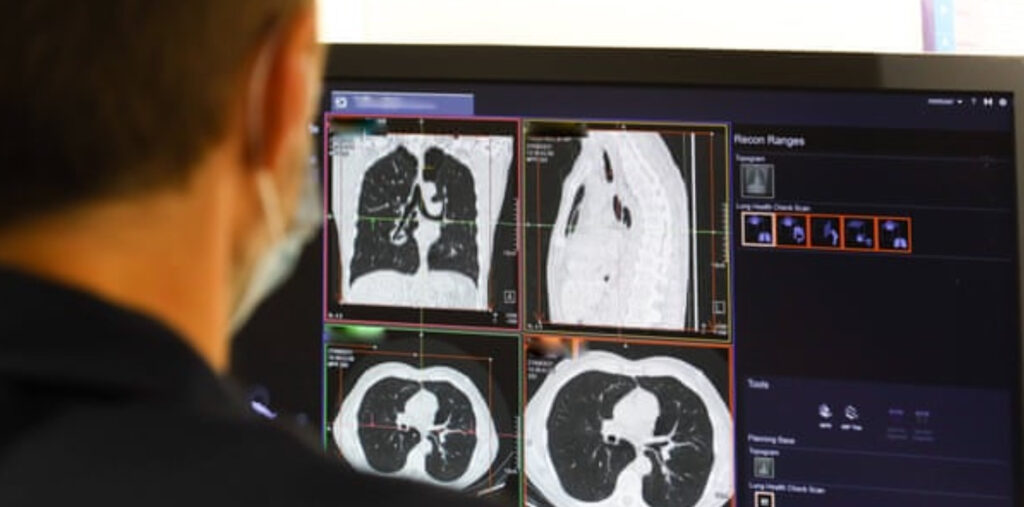Prime Minister Keir Starmer is poised to reset his leadership with a transformative NHS reform agenda aimed at slashing waiting times for millions of patients across England.
The new measures, to be announced next week, focus on streamlining care pathways, bolstering elective services, and improving patient outcomes.
Key Highlights of the NHS Reform Plan:
Direct Referrals for Diagnostic Tests
Patients with conditions such as breathlessness, post-menopausal bleeding, hearing loss, bowel issues, and asthma will soon bypass consultants and access tests directly through their GPs. This initiative aims to expedite diagnoses and reduce the waiting list backlog.
Same-Day Consultations
Thousands will benefit from same-day follow-up consultations after scans or tests. This streamlined approach is designed to provide faster treatment or reassurance, easing patient anxieties.
Ringfenced Elective Care
A significant expansion of ringfenced capacity for routine surgeries, including hip and knee replacements, will shield these procedures from seasonal pressures and future pandemics, ensuring continuity of care.
Pre-Surgery Support for Patients
Hospitals will assist patients awaiting surgery in preparing physically, offering support to lose weight or quit smoking. Evidence suggests these steps enhance recovery and reduce complications, ultimately cutting cancellations and follow-ups.
Enhanced Patient Experience
Non-clinical staff, including GP receptionists, will undergo customer service training. Additionally, hospitals will appoint patient experience champions to ensure those on waiting lists receive timely updates and support.
Financial and Workforce Challenges Loom Large
Despite Labour’s pledge of an additional £22 billion over the next two years to address waiting times, scepticism remains among NHS leaders.
A survey by NHS Providers revealed that 71% of healthcare executives doubt significant progress can be achieved by 2029, particularly given the acute shortage of NHS staff.
Dr Tim Cooksley, former president of the Society for Acute Medicine, warned that the reforms could falter without parallel efforts to address emergency care bottlenecks.
“Hospitals are already overwhelmed, and the idea of prioritising elective care while emergency departments struggle is unsustainable and unethical,” he stated.
Rising Pressures Amid Seasonal Illnesses
The NHS is grappling with mounting pressures as flu hospitalisations in England have quadrupled within a month. With bed occupancy due to flu at unprecedented levels for this time of year, experts warn that the situation will worsen as temperatures drop.
Sarah Arnold of the King’s Fund highlighted the chronic under-resourcing of the NHS, noting that the system is “consistently running near full capacity” compared to healthcare systems in other nations.
Starmer’s Bold Promise
The Prime Minister has pledged that, by July 2029, 92% of patients will receive treatment within 18 weeks—an ambitious target not met in nearly a decade. Currently, fewer than 60% of procedures meet this standard.
NHS Leadership Voices Optimism
Amanda Pritchard, Chief Executive of NHS England, expressed cautious optimism, recognising the progress made since the COVID-19 crisis. She emphasised the importance of the reforms, stating, “This plan places patients at its core, aiming to deliver faster diagnoses and improved care access.”
The success of Starmer’s NHS overhaul will likely hinge on addressing the interconnected challenges of workforce shortages, emergency care pressures, and the persistent strain of seasonal illnesses.
While the reforms have been described as innovative, experts insist that a coordinated, system-wide approach is essential to deliver meaningful change.


